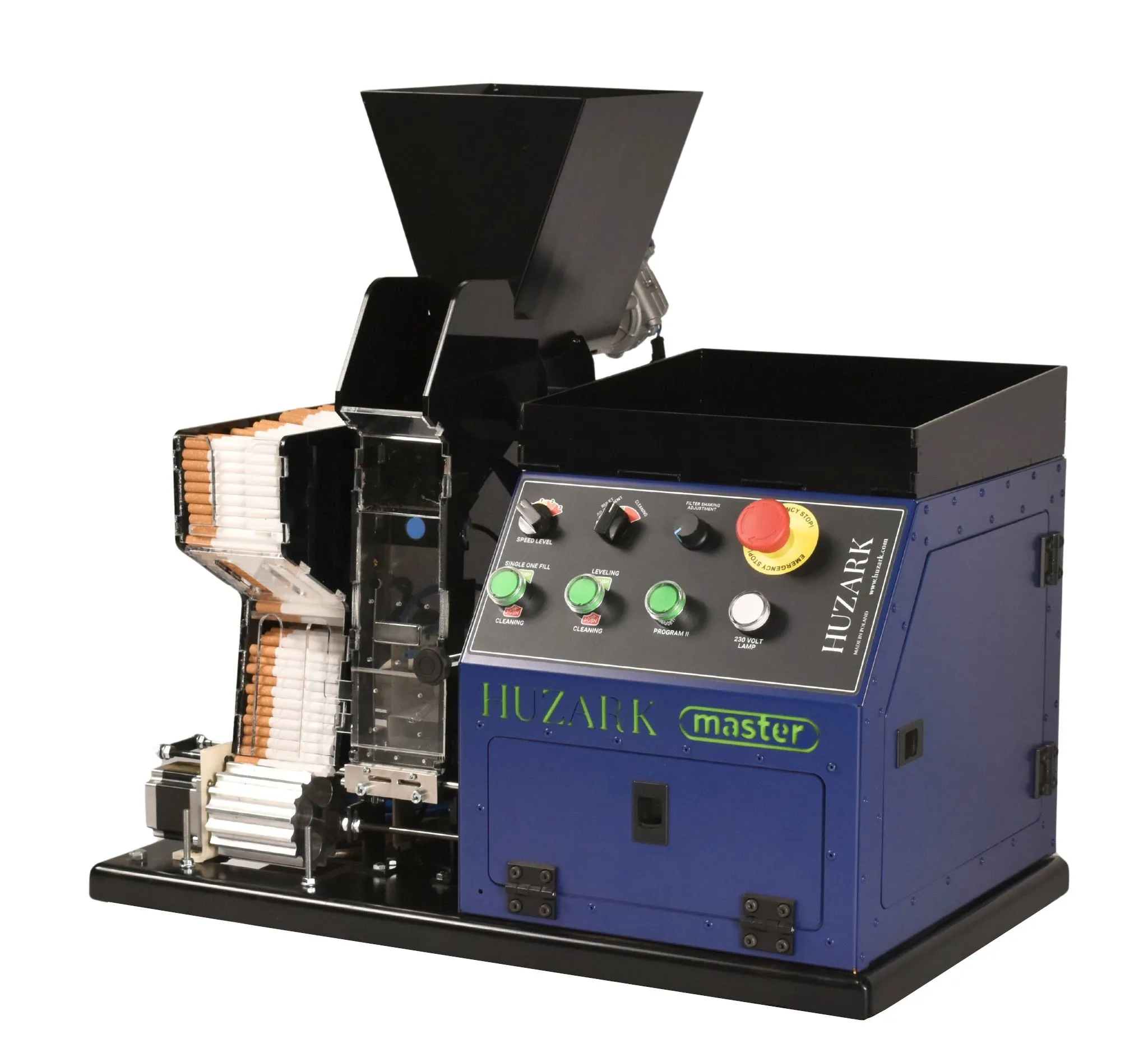Introduction to LiFi Technology
LiFi is an innovative wireless communication technology that employs light waves to transmit data. It is different from ordinary Wi-Fi because It uses visible light from LED bulbs to transmit data. This fundamental difference makes this approach advantageous in terms of security, interference, and data rate. With each passing day, LiFi technology is showing great promise in communication and its application in different spheres of activity.
Enhanced Internet Connectivity
The first and most important use of LiFi technology is to deliver high internet speed. LiFi can offer data transfer rates that are much higher than conventional Wi-Fi, thus making it suitable where high bandwidth is desired. This is especially important in households and working premises where many devices require quick and stable Internet connections. LiFi’s interference-free communication also means that the network performance will be the same every time, which is beneficial to user experience.
Military Internet Applications
When it comes to the military, communication is one of the most vital factors. LiFi technology is the best option for military internet because it provides better security. On the other hand, since LiFi uses light waves, the data can only be transmitted in the area covered by the light source, making it impossible for people using the light technology to ‘snoop’ on the data in transit. This trait is especially beneficial in the military since communications must always be secured. Moreover, LiFi can work in environments where radio frequency communication is prohibited or where it is impossible to maintain a stable connection due to interference, making LiFi even more valuable for military purposes.
Free Space Optical Communication
One more area in which LiFi technology can be effectively used is Free space optical communication. It is a communication method that involves using light to send data without any physical connections over long distances. LiFi is also an ideal technology for free space optical communication systems due to its capability to use LED light for data transfer. It is possible to install these systems even in areas that are hard to reach with wired infrastructure. This application is especially useful in disaster recovery, rural connectivity and extension initiatives, and the overall growth and development of communication networks in developing countries.
Smart Cities and IoT Integration
With the development of smart cities, it is critical to consider the application of IoT devices. LiFi technology can significantly contribute to this transformation by offering a secure and fast communication channel for IoT devices. In smart cities, LiFi can link different sensors, cameras and other devices for real-time city data collection and analysis. This means that such interconnectivity can enhance services in smart cities, such as traffic, security, and energy usage, thus promoting the sustainability of cities.
Healthcare and Medical Applications
LiFi technology can also be applied in healthcare. It is ideal in hospitals and other medical facilities where electromagnetic interference from radio frequency communication can be hazardous to sensitive equipment. LiFi can securely transmit data between medical devices, patient monitoring equipment, and hospital networks to avoid communication failures and interference. Furthermore, LiFi’s superior data transfer rates can aid telemedicine by providing a platform for doctors and patients to communicate without long delays.
Education and Digital Learning
Education and digital classrooms can significantly benefit from LiFi technology. At learning institutions, LiFi can be used as the source of internet connectivity in classrooms and lecture theatres, thus enabling students and lecturers to enjoy uninterrupted internet access for their online learning and teaching. The use of LiFi can also help in interactive learning, where the LiFi can support the use of AR/VR applications that require high bandwidth and low latency. Thus, incorporating LiFi into educational facilities allows students to enjoy an interactive classroom.
Conclusion
LiFi technology holds great potential to revolutionize communication and connectivity in different fields and industries. LiFi has been utilized in various ways, including offering better internet access and safe military internet interfaces, assisting in free space optical communication, and supporting smart cities. With the advancement of technology, it will be easier for people to embrace technology in their daily lives, enhancing innovation and communication.






